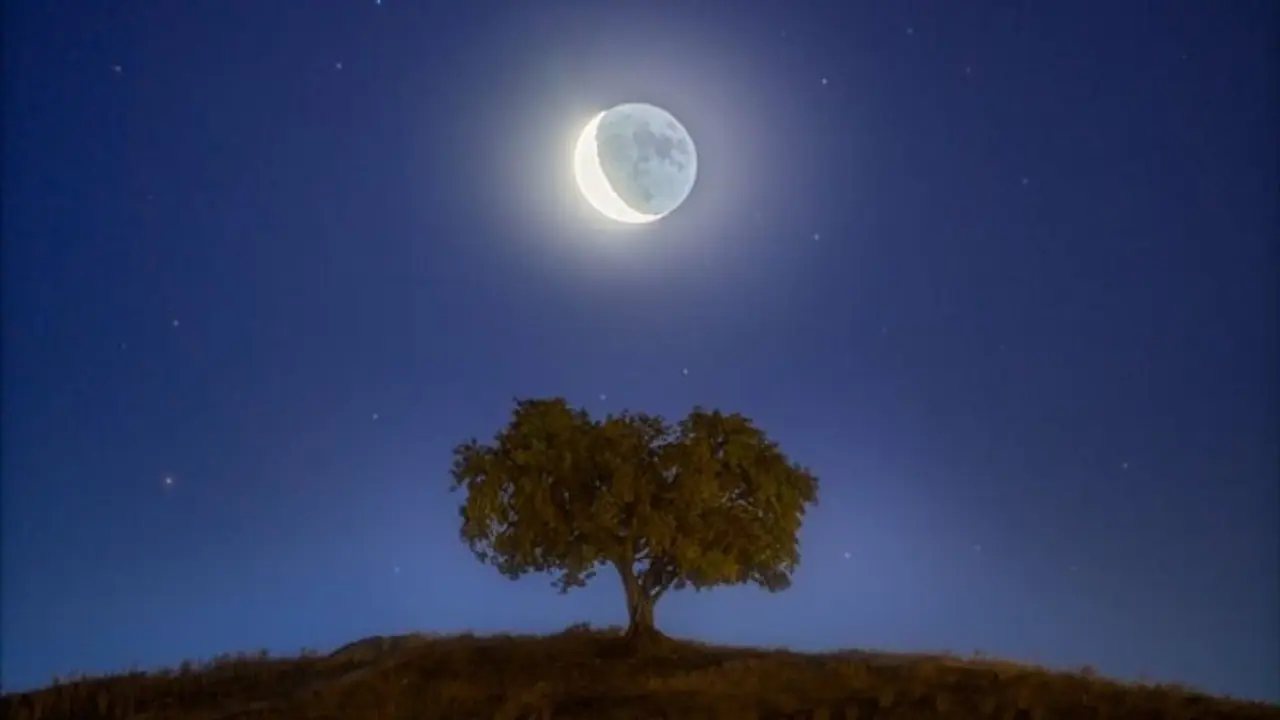Scheduled to occur on March 25, the penumbral lunar eclipse occurs when the Earth partially blocks the Sun's rays from reaching the Moon, casting a faint shadow on its surface. There will be no religious restrictions on Monday and temple doors will remain open.
The first lunar eclipse of 2024 will occur on March 25, when people throughout India celebrate Holi. The penumbral eclipse will begin at 10:23 a.m. on Monday and will be visible throughout all of North and South America. People in India will, however, be unable to observe the phenomena.
There will be no religious restrictions on Monday, and the temple doors will stay open. The suntak time (which begins nine hours earlier) would be ignored because the eclipse will remain unseen to people in India. It is generally advised to avoid undertaking religious rituals or beginning auspicious work at this period.

A lunar eclipse happens when the moon seems to "darken" as it moves through the Earth's shadow. This fleeting event happens around twice a year. Only the planet's more diffuse outer shadow, referred to as the penumbra, touches the moon's surface during a penumbral eclipse. Space.com has released information on the forthcoming eclipse, which will last for 4 hours and 39 minutes and end at 3:02 pm.
"As the full moon rises from the late evening of March 24 to the early morning of March 25, it will pass into the Earth's penumbra, or the dim outer section of its shadow. This is known as a penumbral eclipse," reads an excerpt from a NASA blog.
The development also occurs only weeks before a complete solar eclipse on April 8. This phenomena happens when the Moon passes between the Sun and Earth, fully obscuring the Sun's face and casting a shadow on the Earth.
The festival of colours is being celebrated on March 25 this year. Holi is preceded by a ritual of lighting bonfires called Holika Dahan, signifying the burning of the demon Holika. The event honors Lord Krishna, who is said to have spent a significant amount of time in Uttar Pradesh's Braj area. It not only captures the essence of Holi, but also the eternal love of Radha and Krishna.
